Mention the word “cult” in the fashion world, and these things should come to mind — labels who provoke with their daring ingenuity, who challenge high fashion tropes while staying in tune to what people are actually wearing, always tongue-in-cheek, and who command legions of devout followers, eager to scrimp and save and wait hours in line just to own a piece of clothing they can later rave about on their social media feeds. Or, you can summarise all that in one word: Off-White.
The cool-kid luxury streetwear label comes with a good dose of irreverence, thanks to its artistic founder Virgil Abloh, a visionary who’s well-regarded in the fashion scene for redefining the codes of both high fashion and streetwear. Founded at the end of 2013, Abloh, also a successful DJ and creative director for rapper Kanye West, boldly went ahead and claimed the space that brands such as Vetements and Hood By Air have simultaneously done, presenting streetwear looks that represent the current lifestyle, with a design-centric mentality that still makes use of quality materials and construction. Instead of luxury brands dictating what we wear though, says Abloh, it’s now the opposite way around, and catered to the individuals who buy the products. “Off-White exists because we’ve built a brand in this new turbulence,” the designer says.

Which is why we’re mighty glad to welcome “Windows”, the brand’s first and only Southeast Asian flagship store, and a starkly minimalist space that’s genius in how it conveys so much with so little. The 140sm store was conceived by Abloh in collaboration with New York architects Dong Ping Wong and Oana Stanescu, and features an all-concrete environment with warm ceiling lights, hidden corners, and an unexpected plant display in the middle. The official store opening on 14 September drew throngs of fans, eager to get their hands on a limited edition t-shirt and to meet Abloh when he was in town for the opening event — at which we also managed to snag an interview with the famed designer. Here’s what he had to say about the store design, the brand, and where it fits in today’s fashion culture.


This is the first Off-White store in Southeast Asia, and we heard that each store you design is unique. Tell us more about this one.
For starters, me and my architectural team studied the area, studied luxury retail, and since Off-White is positioned as a luxury brand, a flagship store’s an important move for the brand. For the large part, luxury stores treat the outside space as of value, like advertising on the main street, but for us, we wanted to do the opposite –- so the store’s turned inside out. From the street, it’s one expression, but on the inside, it’s something else, and the only way those two can communicate would be through the windows. We cut these windows so you can see a little bit, but your experience is different when you’re in here. The neighbour on our right’s also the Apple store, and our store’s called “Windows”. [laughs] Very unique. That’s the Off-White mentality, the context.
So it’s this idea of irony?
Yeah, it’s the root of modern design. If you look at contemporary post-modern design, it’s 90s kids who are now in control, so we can wear a Coca-Cola sweatshirt with a Gucci dress, and it’s ironic, but it’s also modern. High fashion and low fashion, that’s our generation’s way of communicating, and it involves this sense of irony. It’s a generational thing, a way of being funny; same reason why there are memes, hipsters, normcore, you’re being reactionary to luxury, to not looking like you came out of the store with the tag on your shirt.



Would you say you’re inspired by the 90s then?
Yeah, I’m inspired by the things I was wearing that were popular in high school, that got out of style but are now brought back. It’s relatable.
How do you interpret that into something modern?
For me, it’s a lot about staples, like a motorcycle jacket that has a Breakfast Club silhouette, or a bomber jacket, vintage Levi’s jeans or Stan Smith sneakers, then I put a twist on each category to make it my own. Say, this jacket here, it’s a distressed motorcycle jacket, but made my own with the branding, the stripes on the arms, the graphic on the back, signature details like the pockets.
What would you say is the philosophy of the brand?
It’s a mix. Off-White: it’s not black, it’s not white, it’s like an opinion on merging the two things, whether it’s refinement and being sorta trashy, or being more street or high fashion, the pieces land themselves in the middle.




On the women’s fw16 collection, we loved the metallic pieces and deconstructed look – was that difficult to produce?
Yeah certain things I just think of in my mind, and that’s the challenge for fashion designers, you think of things in your head and you get 30 reasons for why you can’t do that, or why you can’t find that fabric. So you push and pull to try to get somewhere close to what’s in your head.
What was in your head?
Pretty Woman, the eclectic style, Julia Roberts character, refined, elegant and her personality. No two looks are alike, and they weren’t meant to be linear like in a fashion show but a nudge forward to what girls are wearing on the street.
Why are you most influenced by streetwear?
It’s relevant, it relates to what’s happening. It’s hard for me as a designer to ignore reality, I enjoy the constraints of what people are really wearing.
Many high fashion brands are going along this route too, and are inspired by streetwear or the athleisure look. What do you think of this trend?
High fashion used to dictate to people, and now people are using the word streetwear as a good enough term to describe how fashion is dictated the opposite way around – by the consumers who are buying the product. So, high fashion has to be reactionary. Off-White exists because we’ve built a brand in this new turbulence, and our consumer still consumes luxury — I still consume, I buy Gucci and designer things, though ironically, I wear the same thing everyday. I like the artistry that comes with making clothes, but I’m creating from my consumers’ point of view, and I’m also a consumer and designing things. That’s why the brand is positioned in a luxury category, there’s a freedom. I’m not a slave to the margins of selling a shirt for $9.99, you know, that’s a different category.



As for your background, did you have any formal training in fashion design?
My formal training was streetwear. My mom has been a tailor for like, 50 years, so in a way I know how to sew and alter clothing since a very young age, but I wasn’t into fashion. I know how clothes are made, how a pattern looks like. My background’s engineering – so it’s literally the same thing.
Interesting, why do you say that though?
Having a background in architecture and engineering might be the best in terms of how things technically work, how a building stands up, how to draw a building, how to make one, how to explain an idea for someone to make a building. And then, the design, aesthetic, art history of why the building looks like it does. So when it comes to clothing, there’s no difference. You draw a plan, or make a sketch for someone to make a shirt, and of course I’m not an expert pattern-maker but I know through my training how to convey and direct a team. So if I have a vision in my head I can articulate it to get it made.
Off-White’s quite a young brand, where do you see it going, and do you have any plans for its expansion?
Yeah, the plan is to follow the young. I believe that the generation, and the one before and after it, where my brand is sort of cushioned in between, we keep getting older. The brand will change. Who knows, it might only last for ten years. It doesn’t matter to me, I’m not creating it to be like Ralph Lauren, I’m trying to represent the time, something valid — and this is what I’m telling you now I’m sure it will adjust when I get older, but it’s a good mind state to think of.
Off-White, located at 286 Orchard Road, #01-01. off—white.com


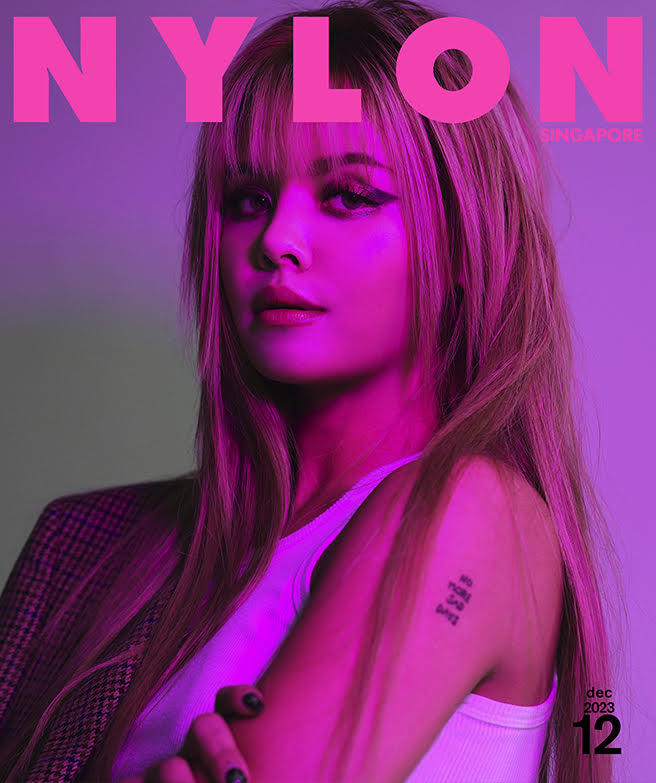
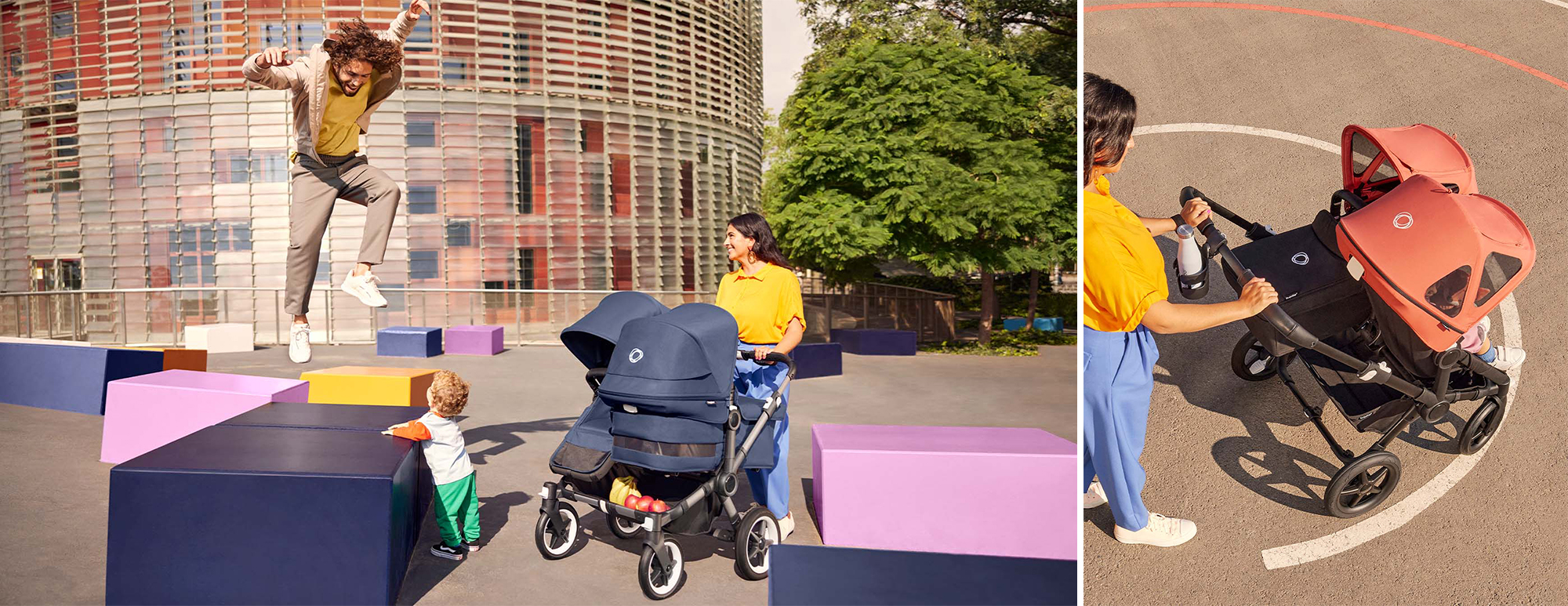
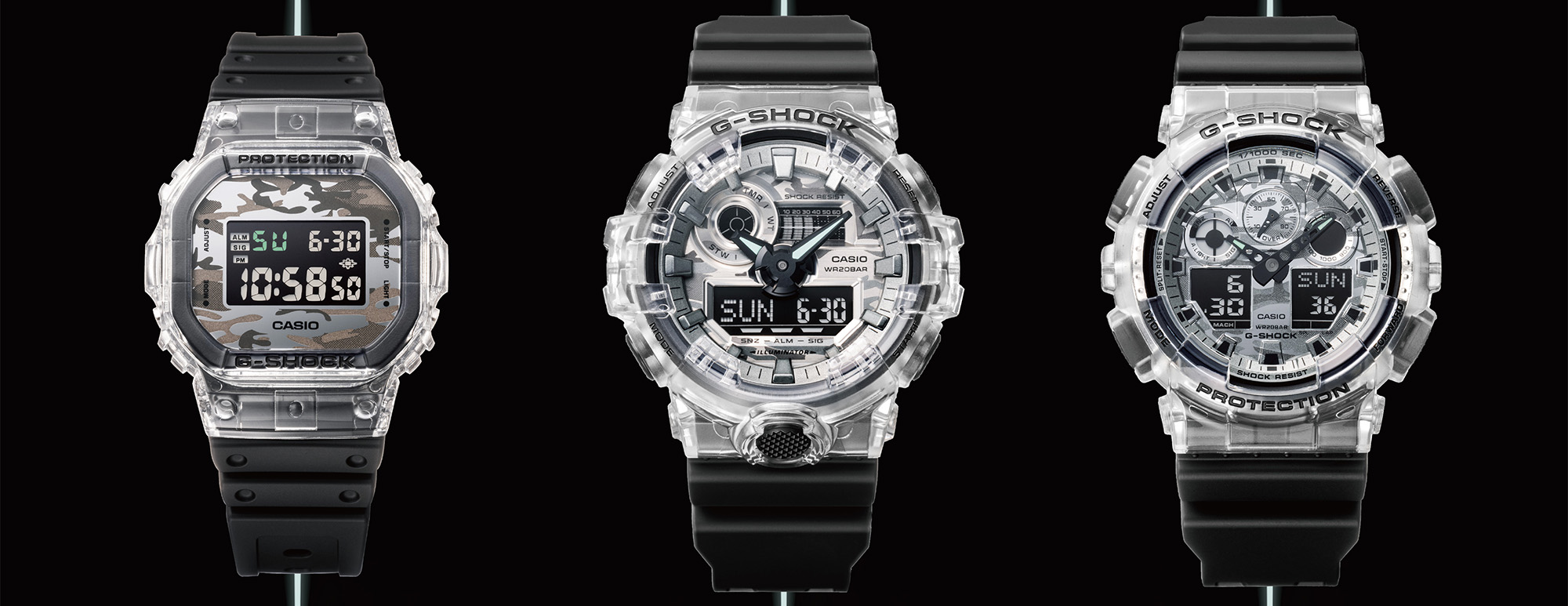
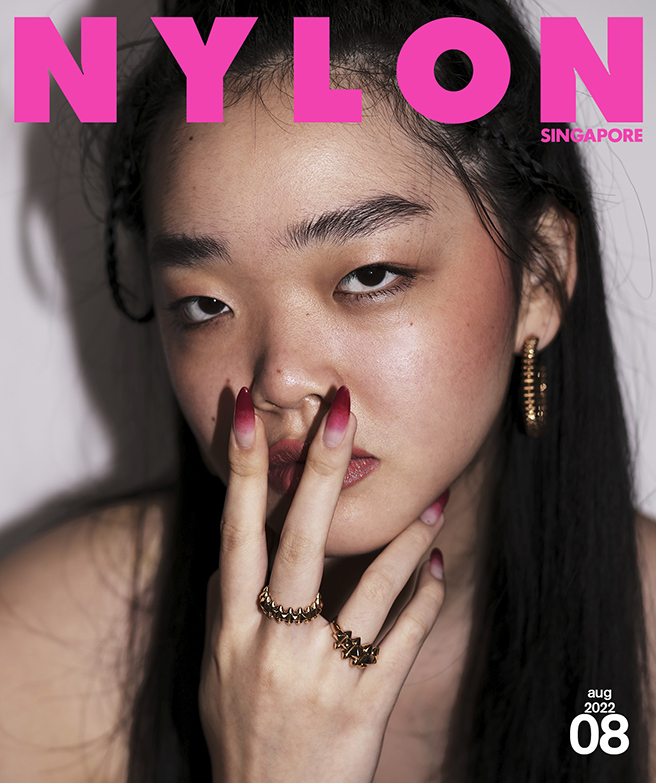
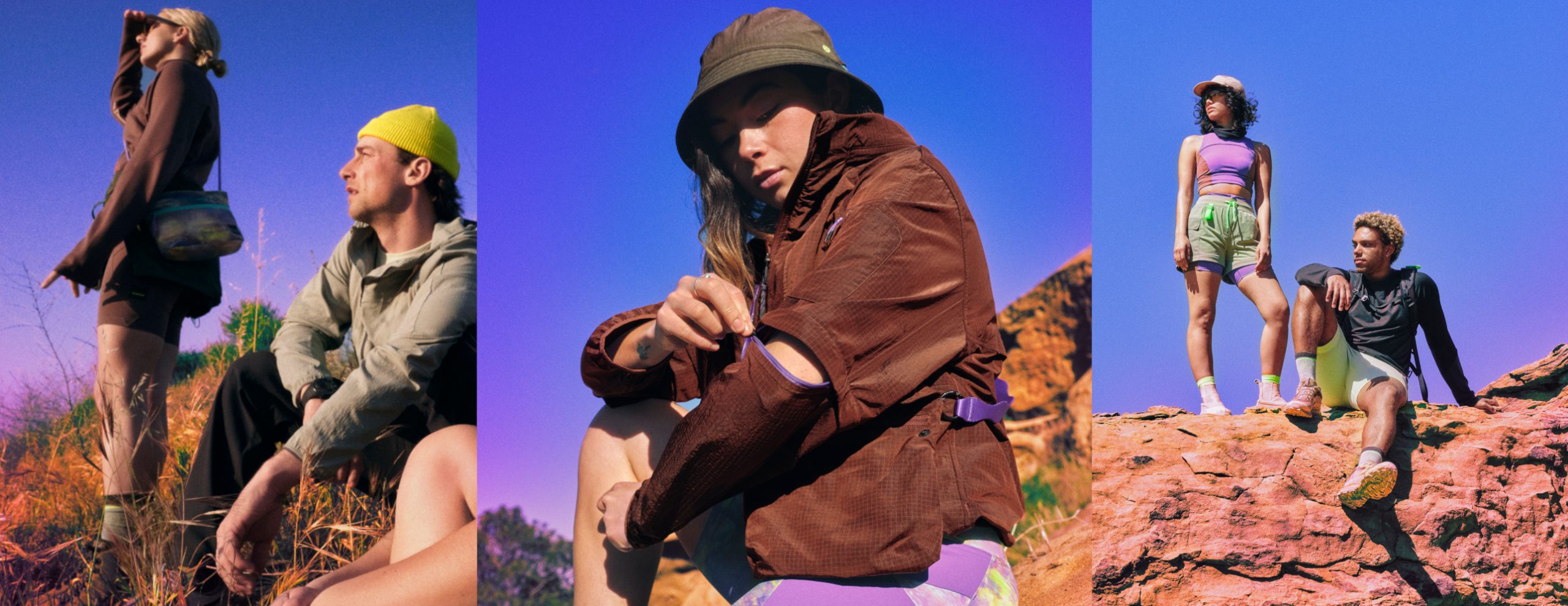
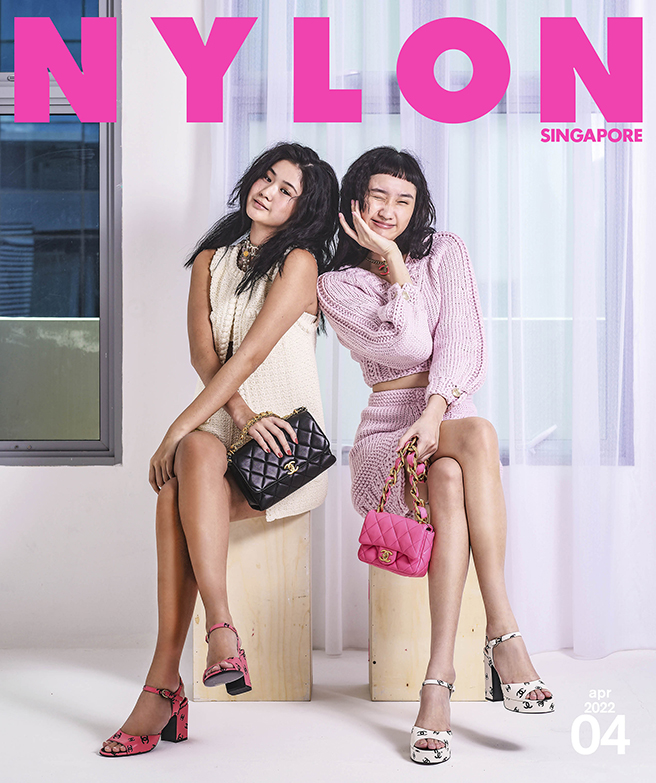
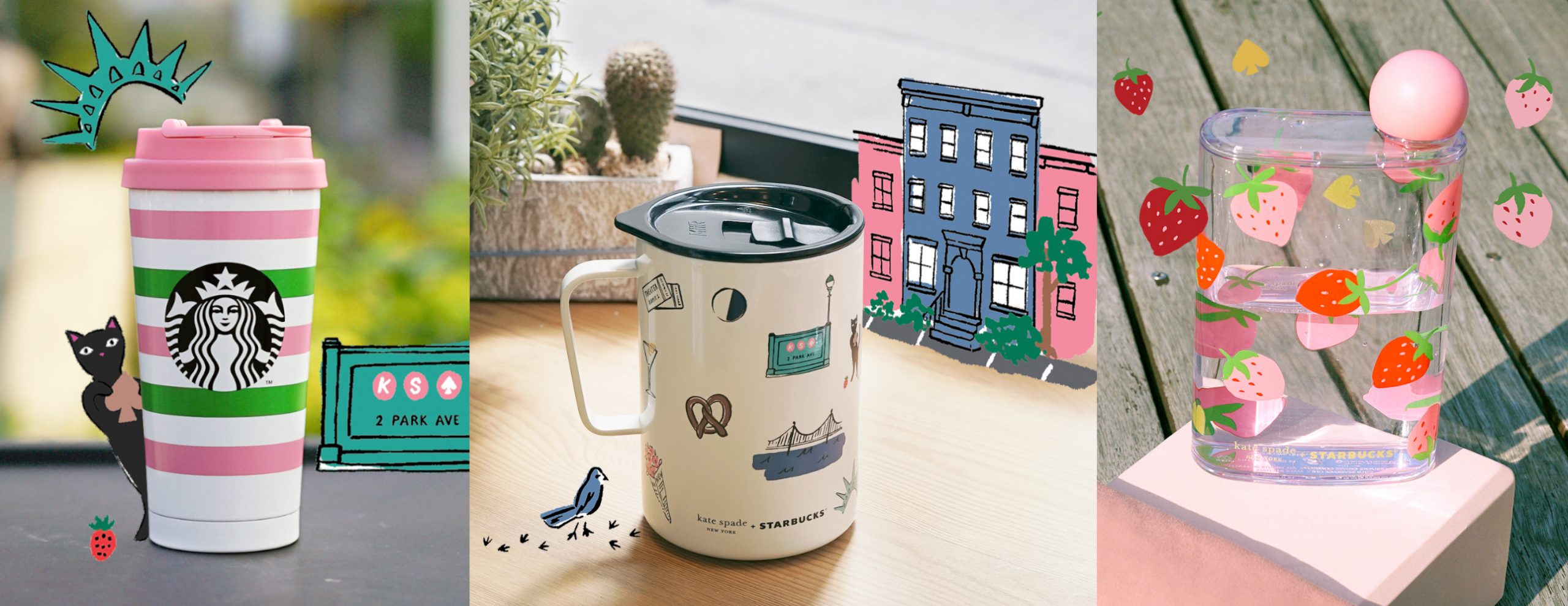
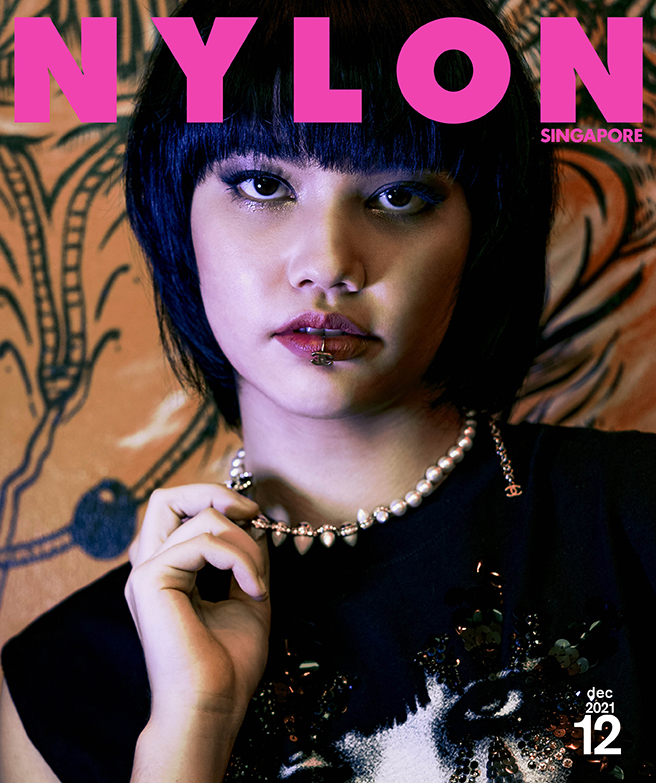

You must be logged in to post a comment.